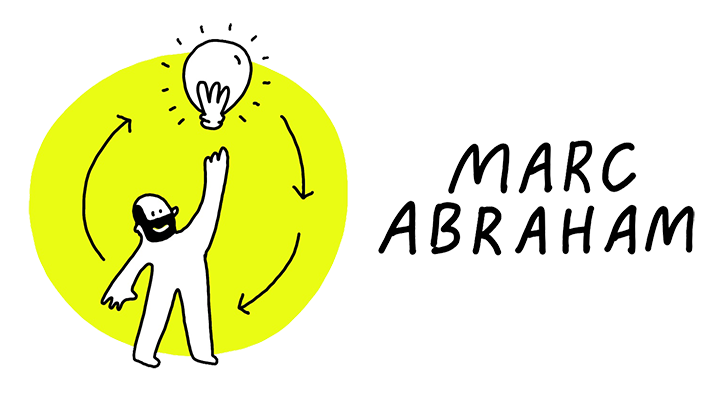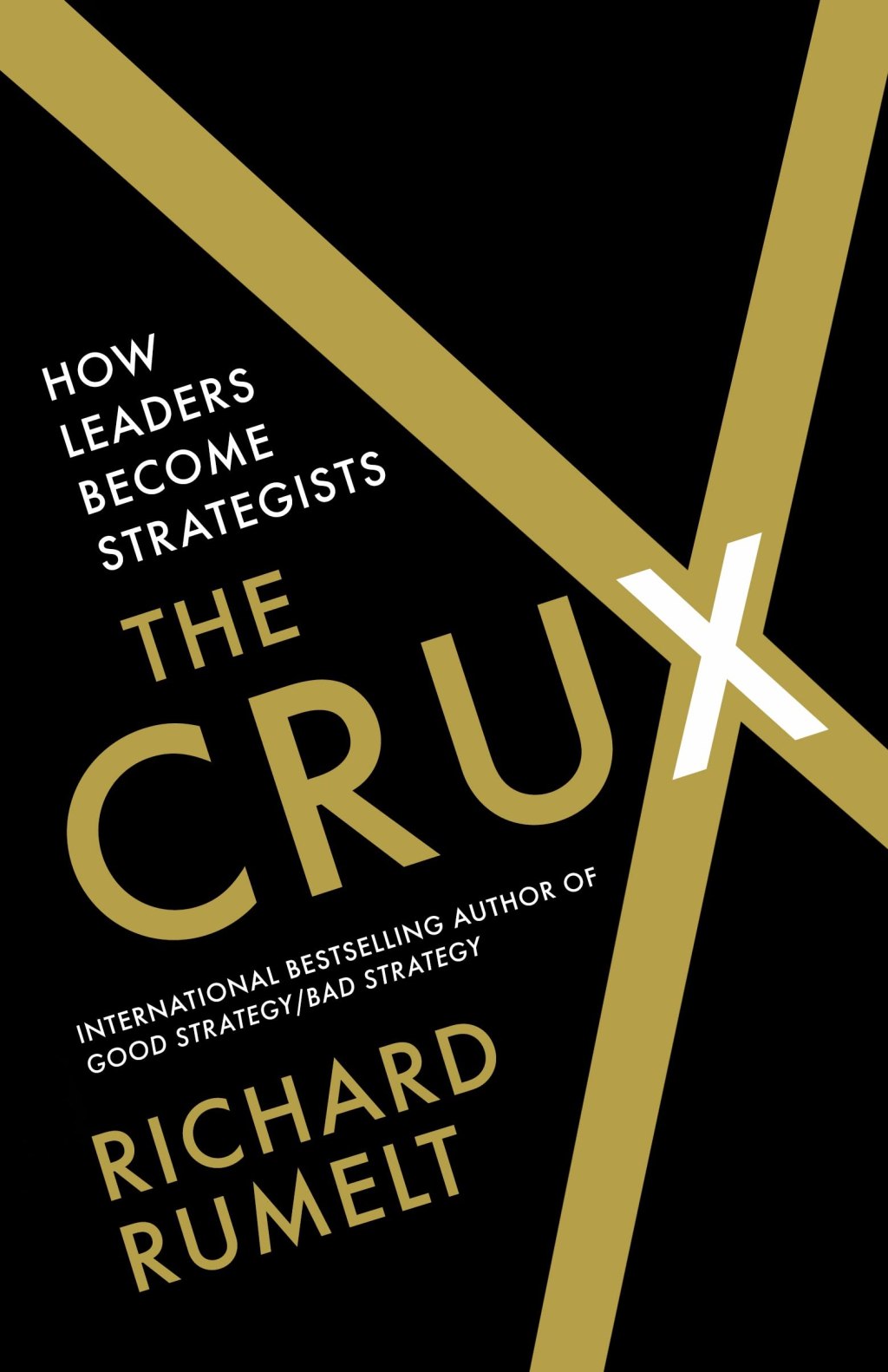“Good Strategy. Bad Strategy” is one of my favourite books on strategy and one that I often refer back to. In “Good Strategy. Bad Strategy”, corporate strategy expert Richard Rumelt writes about the ‘kernel’ of a good strategy. This kernel has three elements: (1) a diagnosis of the main challenge or problem, (2) a guiding policy for dealing with the challenge and (3) a set of coherent actions to carry out the guiding policy.
“The Crux” is Rumelt’s followup, building on the main thesis of his previous book: don’t start with a vision statement. Rumelt argues that we should start with identifying the challenges that a strategy needs to solve, identifying three different types of challenges:
- Choice challenge – A choice challenge occurs when we know the alternatives, but there are uncertainties and non-quantifiable aspects that make choosing among them difficult.
- Engineering-design challenge – An engineering-design challenge arises when one has to create something new, but you have methods for evaluating your creation before implementing it.
- Gnarly design-challenge – With a gnarly-design challenge there are no given alternatives, and there are no good engineering-design models to test your designs against.
Rumelt explains that the process of diagnosing the challenge and creating a response is the best theory we have for strategy creation. More precisely, Rumelt describes strategy as a sequence of challenges, using your strategy to solve a set of problems. From all the challenges that you could tackle, the ‘Addressable Strategic Challenge’ (ASC) is the one that you want to focus on: the space where a company or a product could win.

The number of ASCs that can be worked on simultaneously depends on the size and the resource depth of the company, and the graveness of the most serious challenges. Whether a challenge is addressable depends on the degree to which a challenge can be surmounted. An ASC can be short or long term oriented. Long-term, complex ASCs can be broken into smaller chunks, one of which can be tackled today. The challenge that you decide to focus on needs to be both critical and winnable.
In The Crux, Rumelt warns against starting with goals. It’s common that we create a strategy to achieve specific goals, typically set by a company leader or management team. However, goals that are poorly defined or lack context are sadly too common. Rumelt therefore urges us to avoid what he refers to as ‘unsupported goals’: goals without an understanding of a critical challenge or opportunity. A good goal, Rumelt argues, is a decision (setting a metric to decide what’s important). This decision in turn guides a set of coherent actions. A good goal:
- resolves ambiguity, defining a problem that is simpler to solve than the overall challenge.
- is one the organisation knows how to achieve or can be expected to work out how to achieve.
- represents a clear set of choices, narrowing focus, resolving conflicts, and helping define what shall be done and what shall not be done.
- isn’t always on which everyone agrees.
In other words, a good goal is pointed at solving a specific problem or challenge and will guide concrete actions.
Main learning point: To create an effective strategy we should start with identifying the critical challenges that the strategy needs to solve.

